|
2/12/2017 Catalina Island, California After three and half days of diving and living on Catalina Island, we were finally ready to start wrapping things up. The weather finally cleared and on Sunday morning we greeted by bright, beautiful sunshine. Although we had accomplished quite a lot over the weekend, we had one last experiment to conduct before we could pull the chambers and break down our gear. While the dissolved oxygen sensors left inside the chambers gives us an understanding of what the community of algae is doing over a 24-hour cycle, Genoa also needs to know what the individual species are contributing. And by contributing, I mean how much oxygen they can produce via photosynthesis versus how much they can consume via respiration. In other words, what is going on during the day (photosynthesis) and what’s going on at night (respiration). Just like our own cells, plants and algae also respire, consuming oxygen as a form of cellular metabolism.
0 Comments
2/10-11/2016 Catalina Island, California Genoa, Tristin and I awoke in the pre-dawn gloom early on Friday morning. After an incredibly long journey from the mainland to Wrigley Station, with just enough time to get an evening dive in on the night of 9th, we were ready to suit up and flush Genoa’s experimental chambers. We had the dive locker all to ourselves; it seems as though the forecasted weather kept most people off of “The Rock” for the weekend. But not us, we have diving to do and data to collect! Much like the work the Edwards’ Lab has been doing in the Aleutians, Genoa is investigating the effects of an incredibly invasive alga, Sargassum on local patterns of Net Community Production. Since about 2012, Sargassum has rapidly spread along the coast of Southern California, replacing giant kelp as the dominant species on many temperate rocky reefs. Sargassum is an annual species; unlike giant kelp individuals which can live for multiple years, Sargassum dies back each summer. The implications of the loss of giant kelp and the rise of Sargassum on many rocky reef communities in Southern California has yet to be fully understood.
As we were conducting surveys and setting up chambers, we would occasionally have to kick up out of the "Devil Weed" just to make sure we didn’t get separated from on other, even if we were within touching distance. However, recent storms (including last year’s El Niño) have brought cold, nutrient rich waters to Southern California, and it seems as though giant kelp is making a comeback!
Be sure to check back in for the final installment of our Catalina Chronicles. Cheers, -Baron von Urchin 2/9/2016 Catalina Island, California It was cold and foggy in the pre-dawn morning as we headed to the Southern California Marine Institute in San Pedro, California. Between lab mates Genoa Sullaway, Tristin McHugh and myself we had enough field gear and food to fill two cars; the three of us were headed to Catalina Island off the coast of Los Angeles for part of Genoa’s thesis. For the next four days we would be diving out of the Wrigley Institute of Environmental Sciences, USC’s field station. However, before we could start diving, we had to first get to the island.
Although we hit several roadblocks, no one lost faith that we would get to the island before it was too late. There’s never a dull day in the field, it’s what keeps us coming back for more. Thanks to the crew of the Catalina Express for putting up with us and all of our gear.
Stay tuned for more updates about our underwater adventures on Catalina! Cheers, -Baron von Urchin 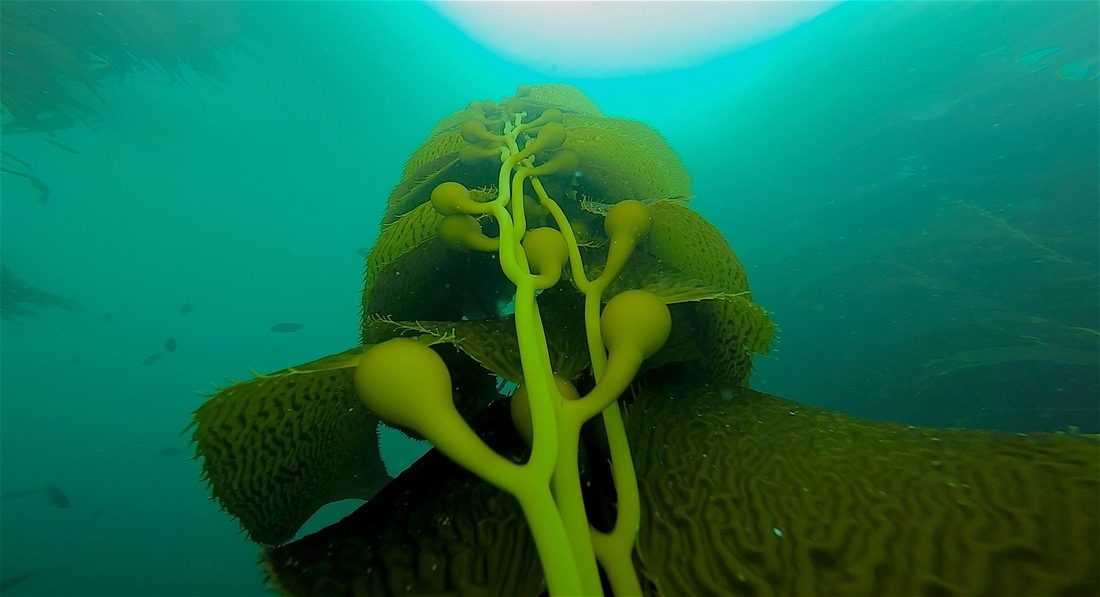 Looking up the stipe of a giant kelp plant (Macrocystis pyrifera) in the Channel Islands National Park, California Looking up the stipe of a giant kelp plant (Macrocystis pyrifera) in the Channel Islands National Park, California February 2nd, 2017 San Diego, Ca After nearly two weeks of the US government’s new administration’s deplorable policy towards scientists and the research that the tax payers help fund, people are still speaking out. This still isn’t a political forum, but I did want to highlight some of the ridiculous steps colleagues at government agencies are having to go through to get their results where they should be, in the hands of the general public. In other news, there has been a recent rise in projects that utilize citizen scientists to help collect and process data. These projects can range from field collections (Reef Check) to crowd-sourcing projects that can be done from one’s own desk. If you’re interested in getting involved, even for just a few minutes a day, check out Floating Forests! They’re doing some really cool work; it’s super fun and easy to get involved. Thanks to Kyle Neuman for sending this project my way. No matter where in the world you are, or your background, I encourage you to get involved in projects that ignite your interests and passions. That's what science is all about! That’s all for now. Stay tuned for more phycological updates as the field season starts to ramp up! Cheers, -Baron von Urchin. |
AuthorPike Spector is currently a Research Operations Specialist with Channel Islands National Marine Sanctuary Archives
August 2022
Categories |
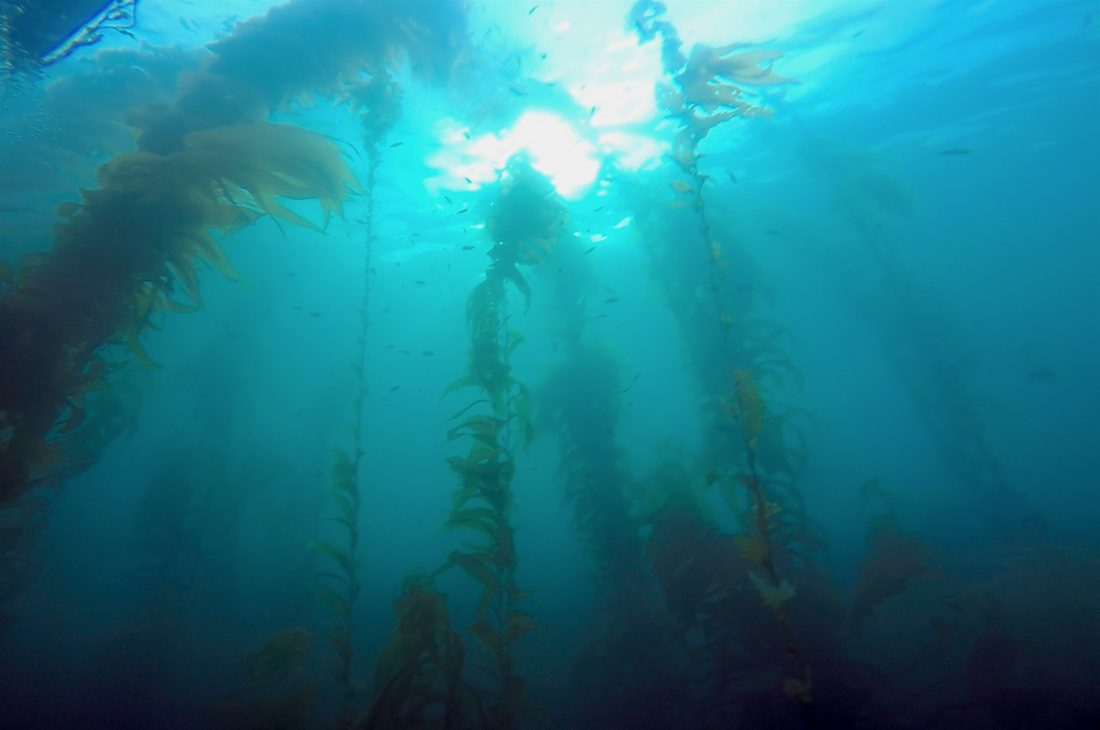
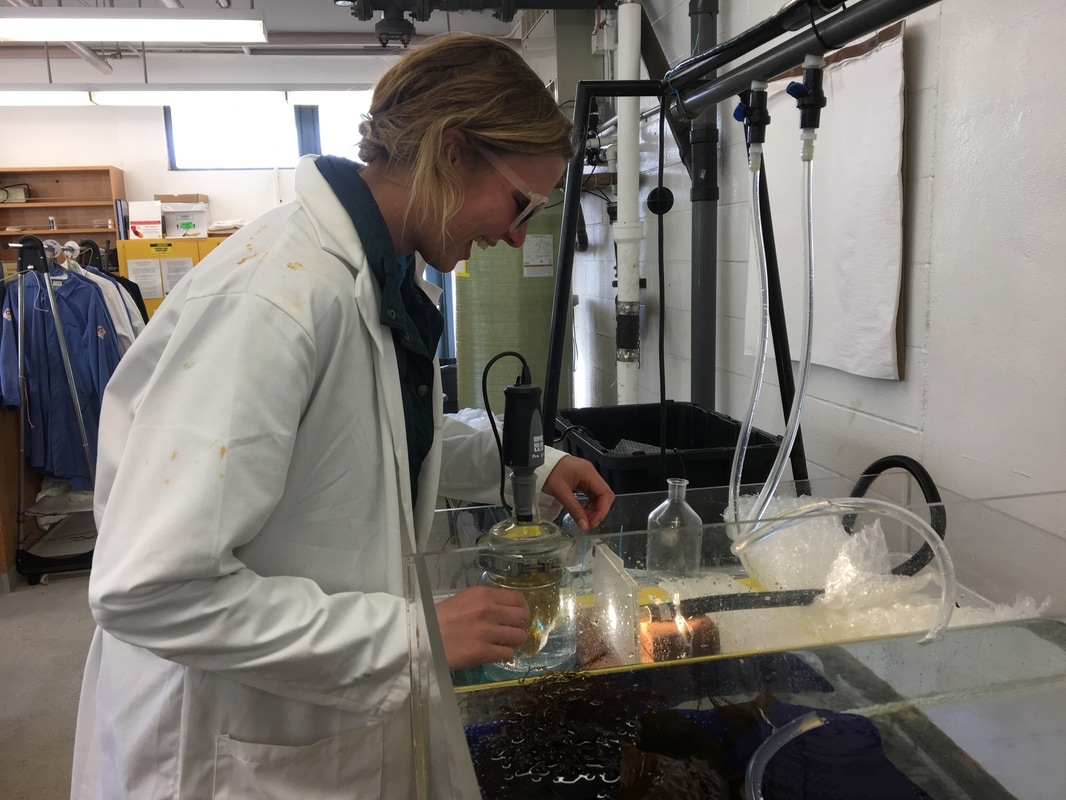
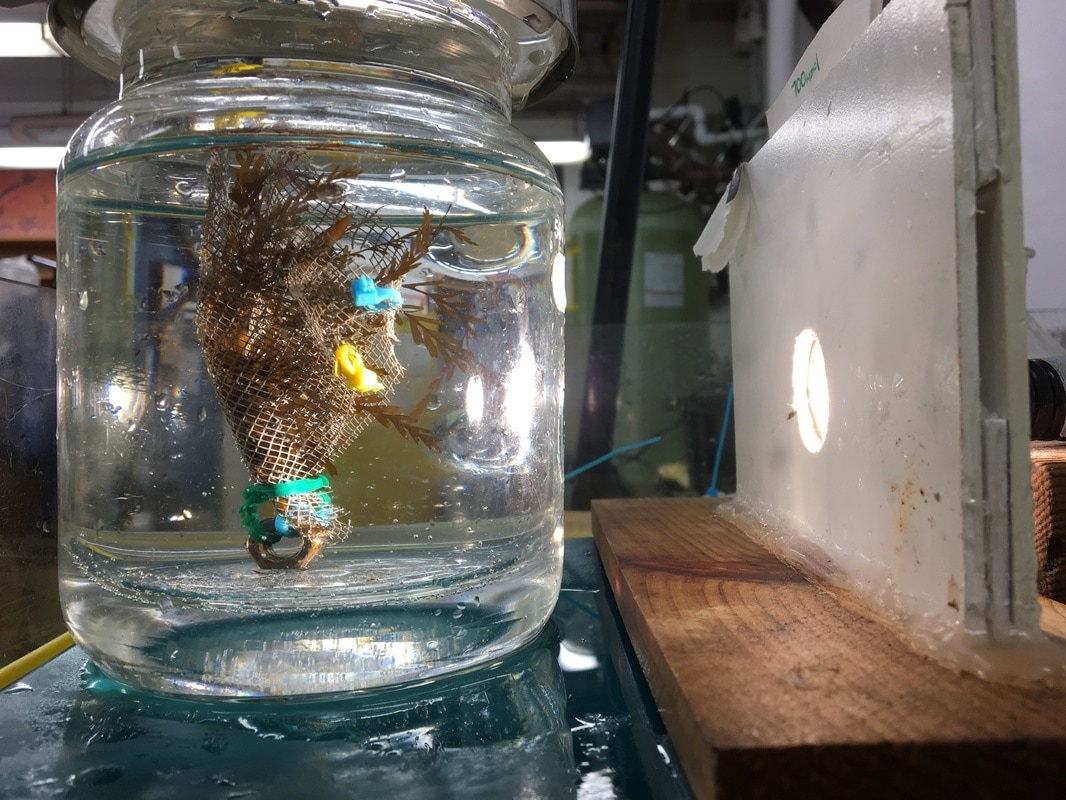
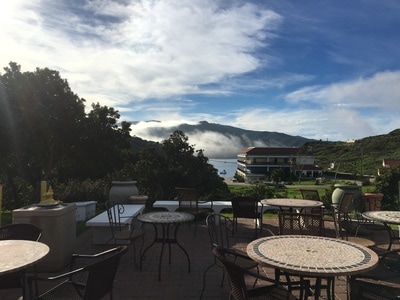
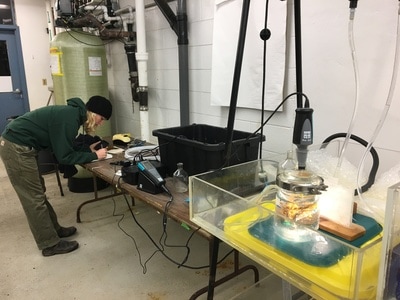
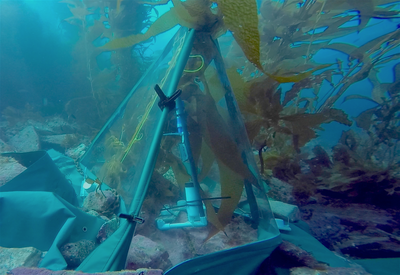
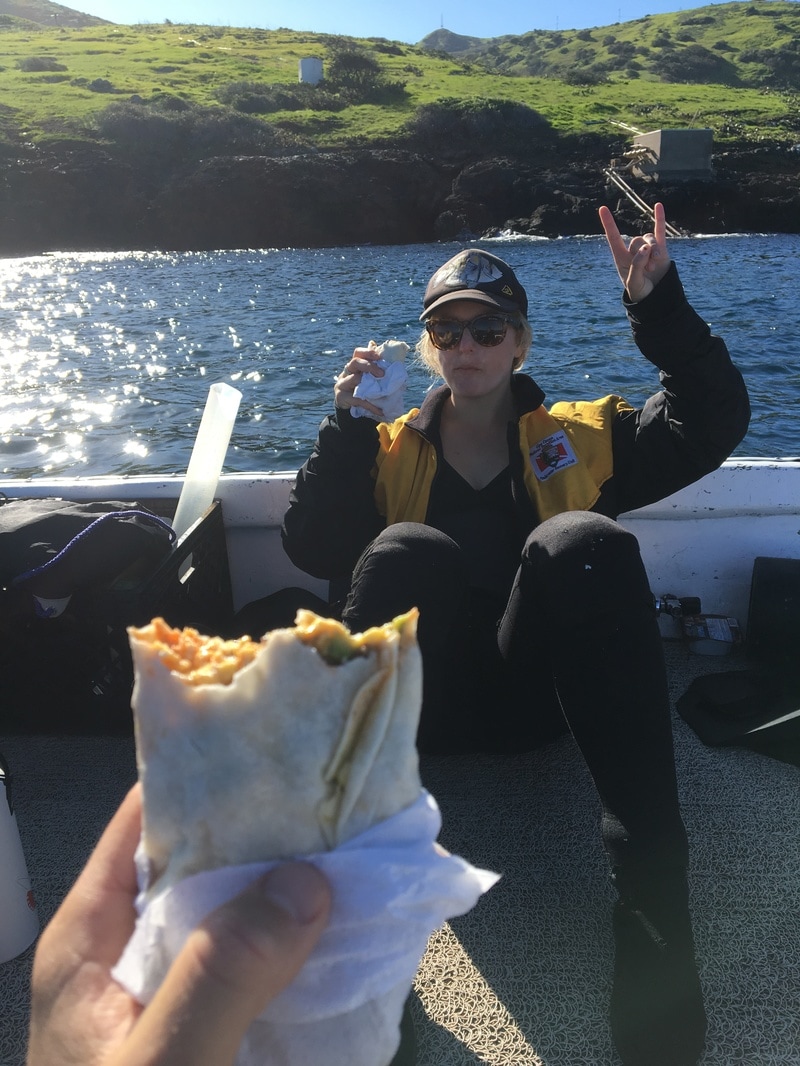
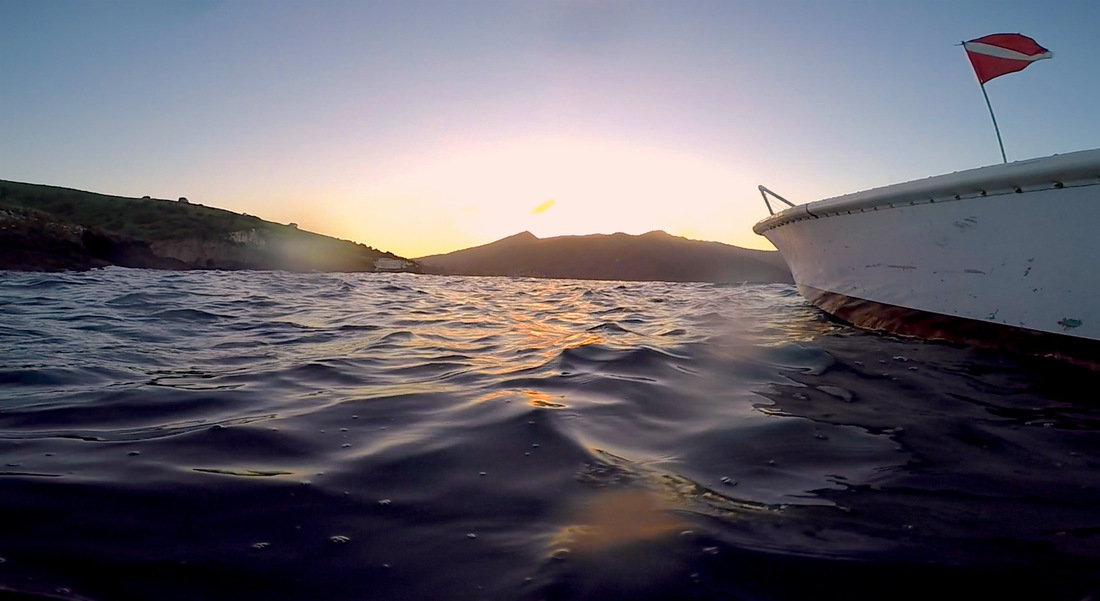
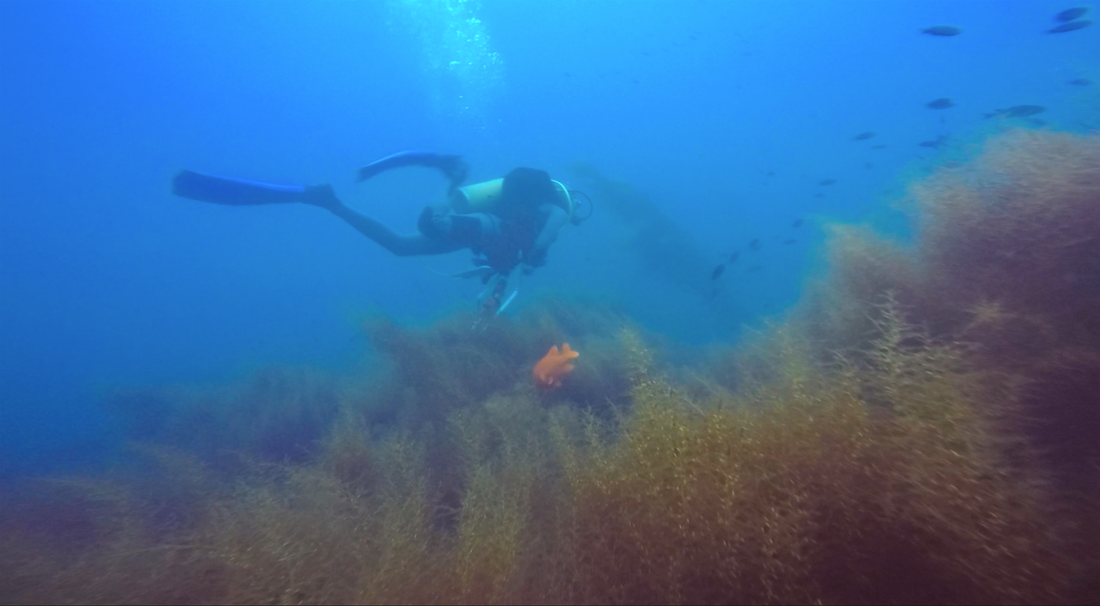
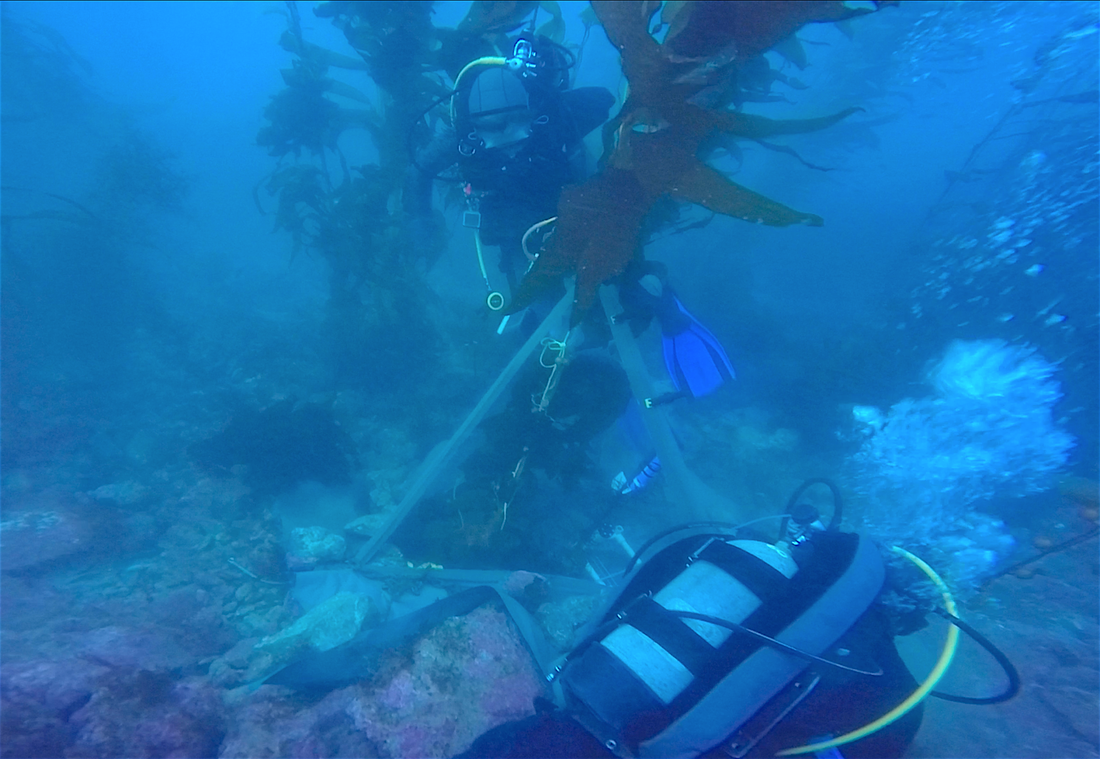
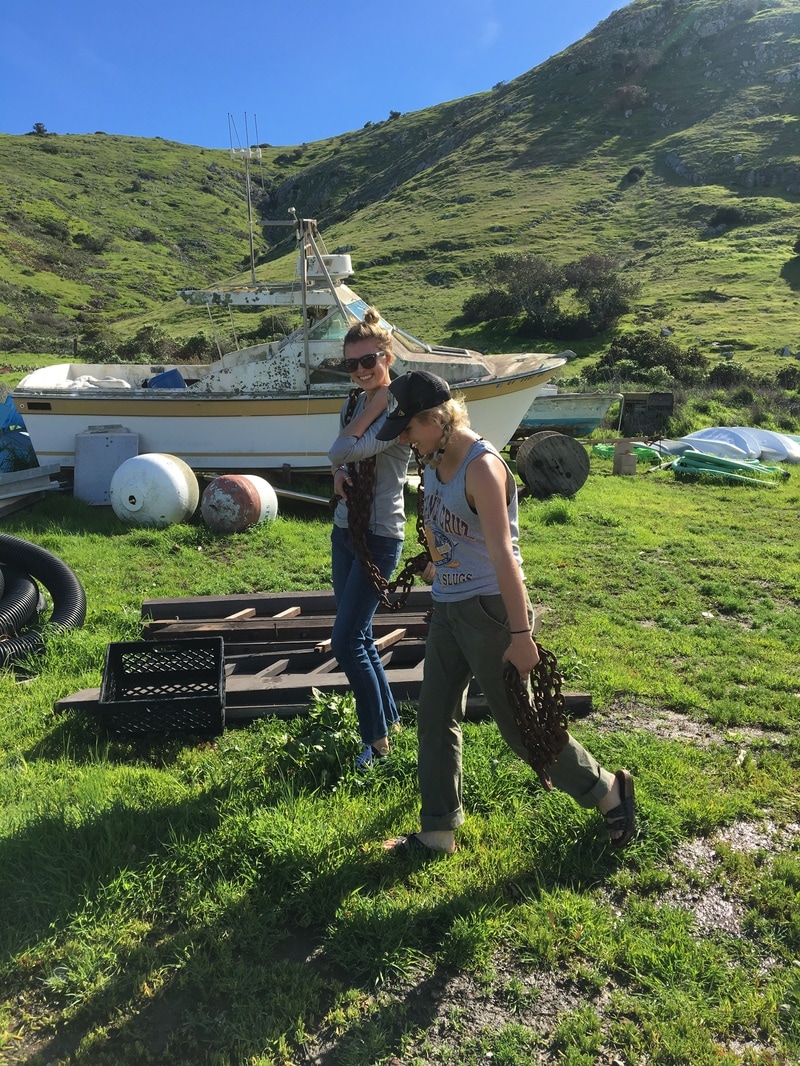
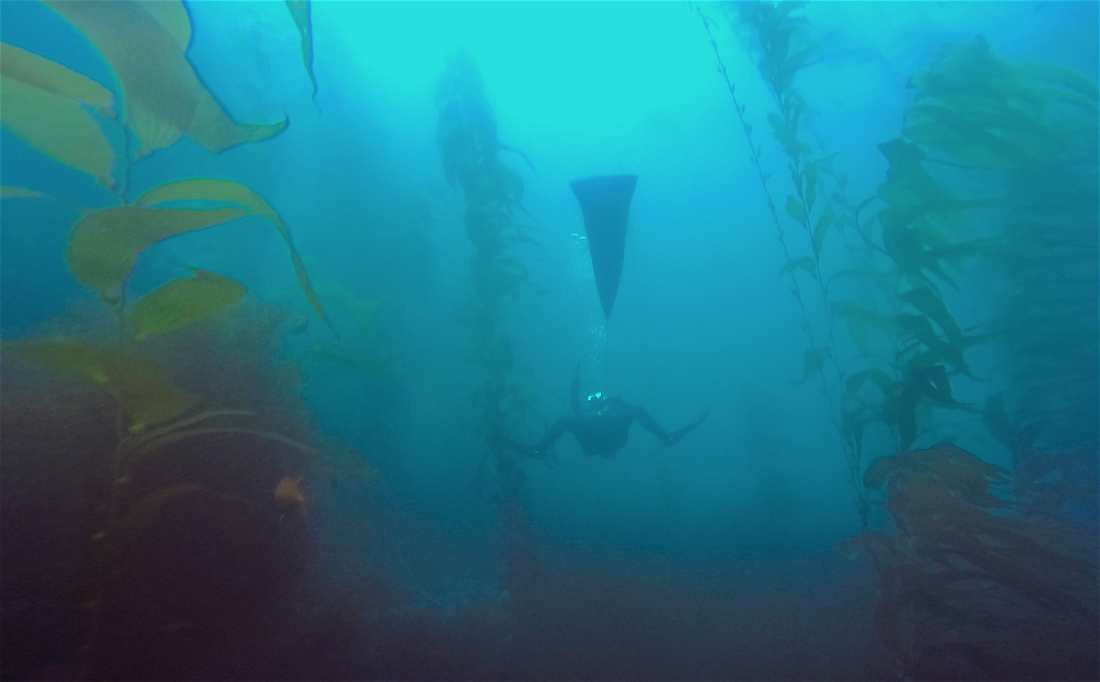
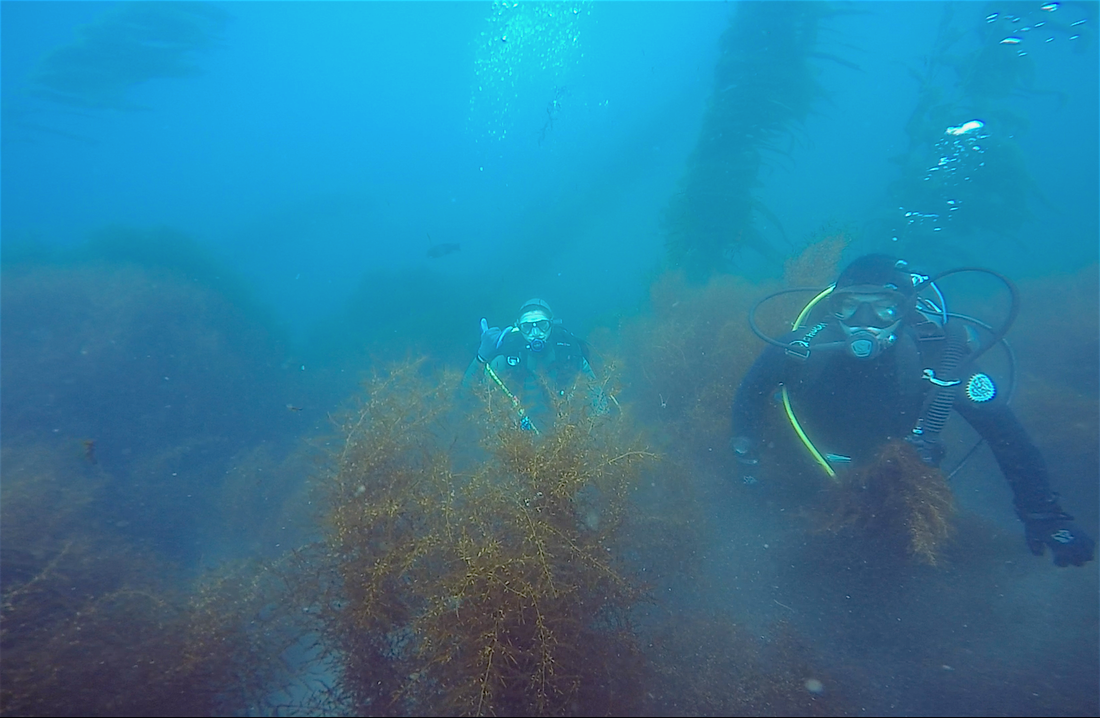
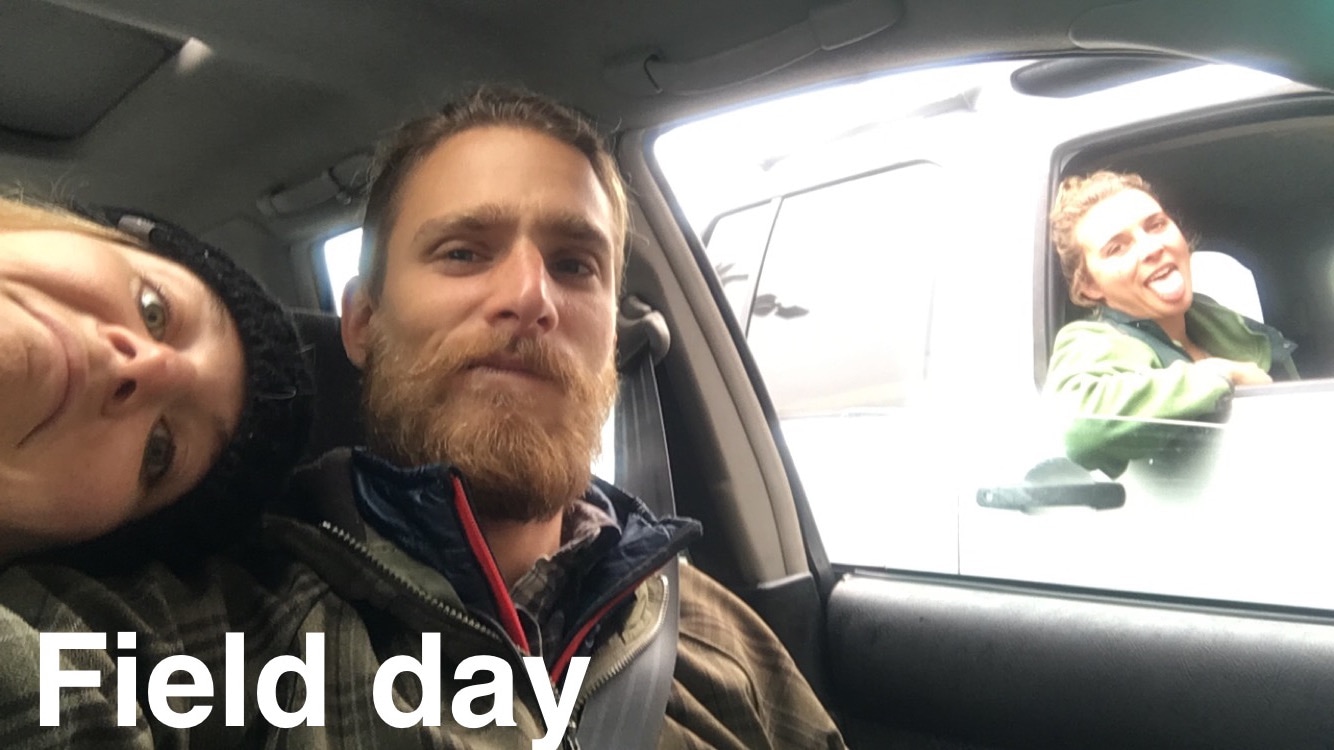
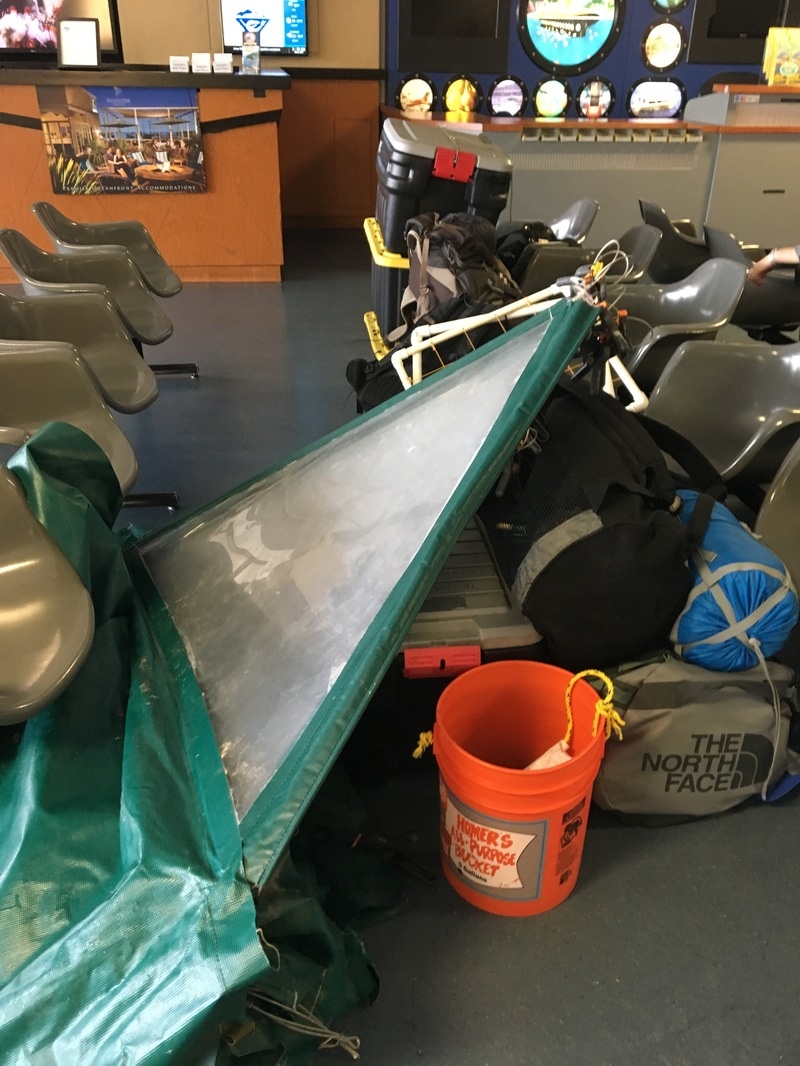
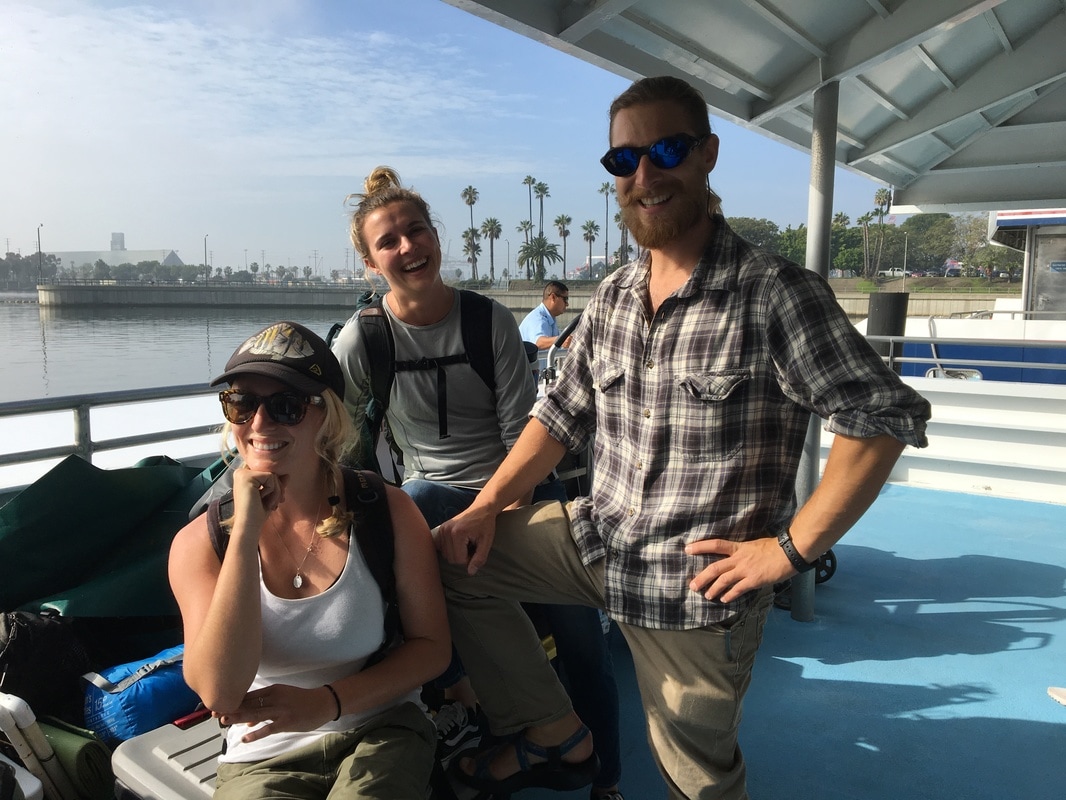
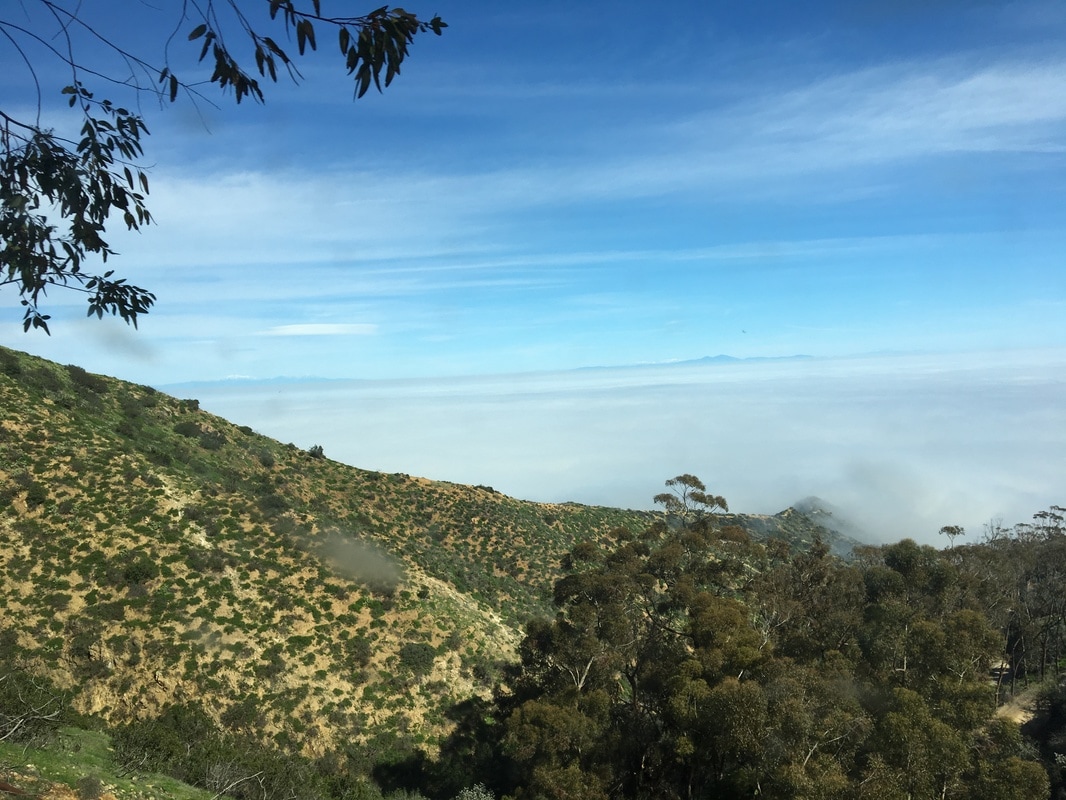
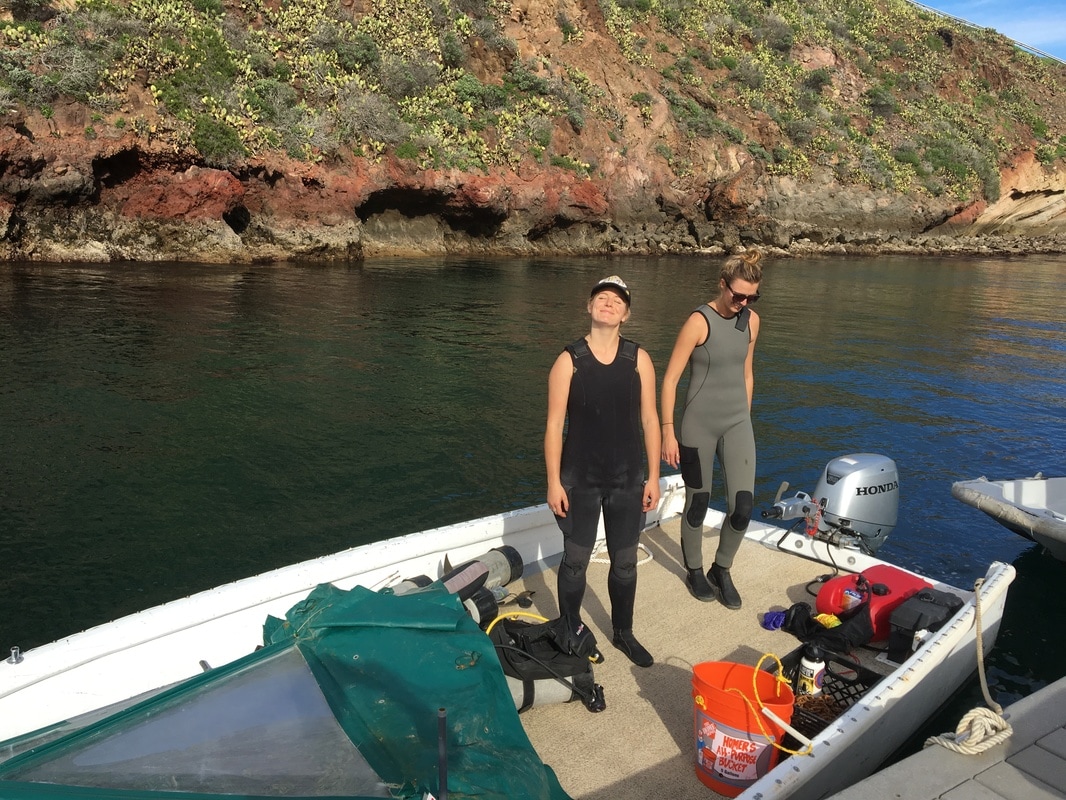
 RSS Feed
RSS Feed
